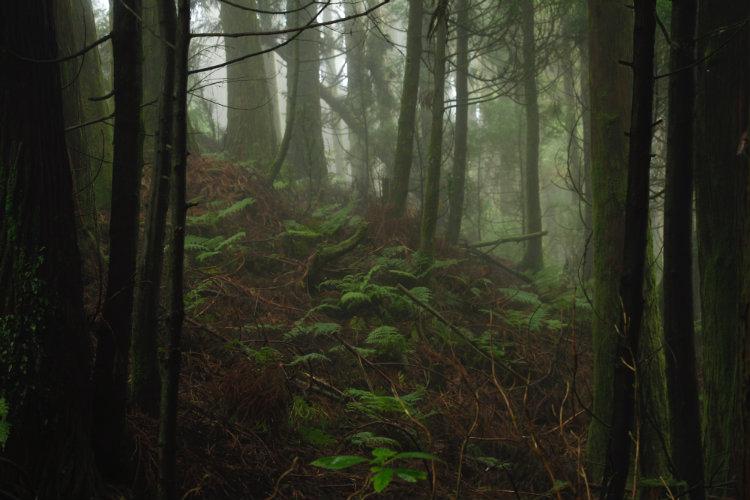Fairy Forts and Ghost Estates | Nigel Quinlan on writing The Cloak of Feathers
Nigel Quinlan‘s new children’s novel The Cloak of Feathers was published by Hachette in January. Here he talks about the process and memories that led him to writing the book.
When I grew up in rural Ireland, there were remote, desolate and strange places that were talked about a certain way, with wary respect and a kind of nod-and-wink insider knowledge. Corners of green fields where cows grazed through the year, the tops of low hills whose flanks spread with furze and heather, or hidden behind the walls of forgotten and overgrown gardens laid out by wealthy landlords a hundred years before.
These places were associated with risk and danger, romance and old stories, warnings and punishments, poverty and riches, luck and misfortune. They belonged to a certain class of people, a class that weren’t better, but different, a Gentry, with their own rules that had to be followed and obeyed at the risk of their displeasure.
Fairy forts and fairy rings and fairy hills and fairy trees and fairy stones. They belonged to the Other Crowd. Cows didn’t graze there, farmers didn’t plough, woodsmen didn’t cut, gardeners didn’t weed, roads went round, and no houses were built where they would block their invisible roads.
Children played there cautiously, and swapped stories of hidden treasures and stolen babies, of noises in the night, lights in the sky, music in the trees. The Fairy Court at hunt, galloping on their red-eyed steeds, or dancing at the midnight heart of some winding glen.

Gruesome punishments awaited those who trespassed or stole or saw what they weren’t meant to see. Thorns in their beds, or hot lead in their shoes. A plague of bad luck and tragedy until they finally made amends.
We believed these things, implicitly and absolutely.
What do I believe in now?
In the last decade, as I have wandered like a wide-eyed idiot into middle age, there have been places around the cities and towns that have been talked about a certain way, with wary respect and a kind of nod-and-wink insider knowledge.
These places were associated with risk and danger, romance and old stories, warnings and punishments, poverty and riches, luck and misfortune. They belonged to a certain class of people, a class that weren’t better, but different, a Gentry with their own rules that had to be followed and obeyed at the risk of their displeasure.
Rows of half-built or fully-built houses, unoccupied, surrounded by piles of dirt and debris, with broken roads and broken windows and deep pools of filthy water.
They were called ghost estates, left over after the Irish property bubble burst in 2007, when the fairy gold we had been spending wildly suddenly turned to leaves and petals in our hands and pockets and bank accounts and stock portfolios. Associated with terrible fables of greed and corruption and horrible debts and waste, no parent would let their children near such places, but we all know they went there anyway, and told their stories.

In The Cloak Of Feathers I found myself exploring the folklore that came down to us from the most ancient of days, that instructed and entertained our ancestors right up to our parents and grandparents, and the modern folklore of a post-boom community trying to limp along to some sort of recovery in the wreckage left after a burst of reckless prosperity,
We did a lot of damage. So my fairy fort is on an island in a lake choked with stinking polluted mud, and where there was once a beautiful wood on the shore there is now a weed-choked ghost estate. A literal ghost estate, since it’s haunted by the previous occupants. In my story, the fairies return after a hundred years to celebrate a Great Festival with the people of Knockmealldown, and they are not happy with what they find. The entire community is in danger of being punished for this mess, whether it’s their fault or not.
Naturally it’s up to the younger generation, the children, the heroes of the book, to try to put things right.
I didn’t set out to write a book with a heavy message, I set out to write something light and fun, though with a real heart. I hope this book is fun and exciting and makes people laugh and maybe, occasionally, gasp. But when I finished and looked at what I’d done, I realised that I had linked the fairy fort and the ghost estate, the old and the new, and maybe at the back of my mind I was trying to heal some of the damage with a story of my own, to make a kind of sense of it, using the logic and the tools handed down to us from people long gone.
Whether I succeeded or not, well, that’s not up to me to decide.

